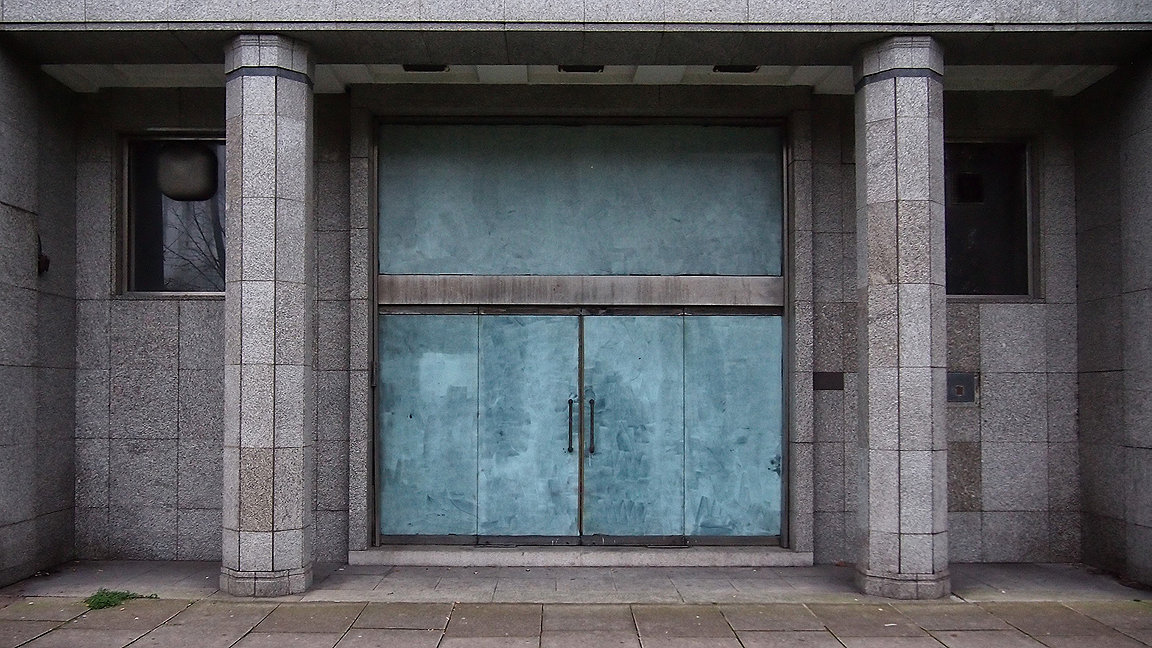
Supersession has become one of the most contested terms in dilapidations disputes, because it means tenants can argue that what landlords are claiming for at the end of a lease has in fact become outmoded.
Arguments hinge on the simple premise that tenants should not have to pay to repair a system that needs to be replaced with something of a better standard. This would only seem to have been reinforced by the Minimum Energy Efficiency Standard (MEES): as of 1 April, these mean that buildings with an energy performance certificate (EPC) rating of F, G or lower cannot now be let, even where there is an existing tenancy, albeit with certain exceptions.
Although it has not yet been confirmed in legislation, the expectation is that come 2027, MEES will move to an EPC rating of C and then up to B in 2030. Logic, therefore, dictates that any landlord undertaking improvement works now is likely to look beyond the D and E ratings to achieve a C instead, while those needing to carry out work nearer 2027 will aim for the B required by the end of the decade.
From the perspective of dilapidations claims, this opens up a whole host of opportunities to look at supersession, because a landlord is legally obliged to comply with MEES. There are likely to be dozens of scenarios where reinstating old systems isn't justifiable.
Landlord claims to reinstate superseded system
For example, my employer, Hollis, was recently acting for a tenant who took on a lease in 1991.
During that time, the tenant had replaced the old-fashioned, energy-intensive variable air volume (VAV) heat ventilation and air conditioning that was demised in the lease with a more modern, energy-efficient variable refrigerant flow system. The landlord's dilapidation claim, however, was to reinstate the VAV system, replacing various components for new at a cost of some £1.2m.
Setting aside the fact that we at Hollis were able to argue that repairing and reinstating the original system would only cost a fraction of that amount, we also sought to argue that the tenant's replacement was in repair at lease end and could have been used by the next tenant.
In fact, not only could the system have been used, but our defence was that it effectively must be used for the building to comply with MEES. At lease expiry, the MEES was an EPC rating of E. We modelled the building using the tenant's installed system and showed that the EPC would be a D. Modelling the building with the landlord's claim scenario of repairing the VAV system yielded an EPC G, which would leave the property unlettable.
Proposed repair would fail to meet MEES
In the world of dilapidations claims, though, logic is rarely enough to win a case. Therefore, we also looked at the landlord's proposal to repair the VAV in a way that would enable it to meet MEES.
We showed that it would not have been technically possible to improve the system to achieve an E rating without significantly changing its fundamental design, renewing and upgrading most of the components and also making significant improvements to building fabric elements.
We even went so far as to contact the manufacturer of the air handling unit to ask it to specify a suitably energy-efficient fan that would match the design parameters of the system, and allow the landlord to achieve an E rating. But the fan needed would have been taller than the plant room where it would be housed.
Our conclusion was therefore that, whether or not the tenant delivered up a VAV system – either in, or out of, repair – the landlord would have needed to replace it with a VRV system similar to the one that the tenant was already providing at lease end.
'In the world of dilapidations claims, though, logic is rarely enough to win a case'
MEES broadens scope to defend claims
MEES is arguably making the job of a tenant's dilapidations surveyor a bit more fun, because the scope for looking at how to defend claims has suddenly become broader.
With the right level of understanding and experience, it is going to be possible to find the holes in a landlord's claim; they won't all be as obvious as they were in our recent case.
Conversely, when we are preparing claims for landlords, we are going to have to be a lot more aware of MEES, and whether or not the claimed intentions are realistically going to achieve the desired EPC ratings.
It is, in fact, entirely realistic to consider that the days of landlords undertaking refurbishment projects to maximise their dilapidations recovery are numbered – just as those of buildings with F and G ratings are.
Factoring ESG into claims will be challenging
MEES aside, there are other commercial factors prompting the upgrade of systems, which brings into question the purpose of pushing for like-for-like replacement under the terms of the lease. Many landlords and the investment funds behind them have clear environmental, social and governance (ESG) policies that set out their energy efficiency aspirations.
As part of meeting these aspirations, building owners are shifting away from using forms of heating and lighting that are known to be inefficient. The challenge from a supersession perspective is that often there is no simple like-for-like way to replace a natural gas-fired boiler at a reasonable cost, and without significant disruption to the occupants of the building.
While we navigate a prolonged period of change, we can see that there could be plenty of occasions where dilapidations practitioners are going to have difficult conversations with their landlord clients.
But these will be necessary to help set expectations when it comes to what landlords can claim for to cover the costs of their planned refurbishment projects. We will know that on the tenant's side there could be someone with the insight and expertise needed to bring MEES into the equation and argue the supersession case.

